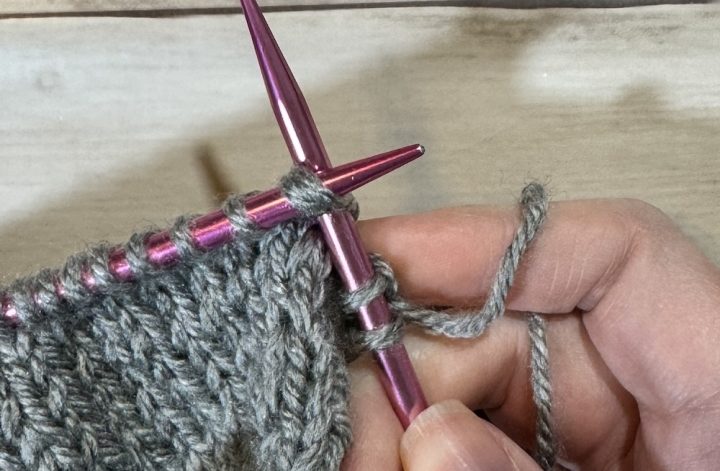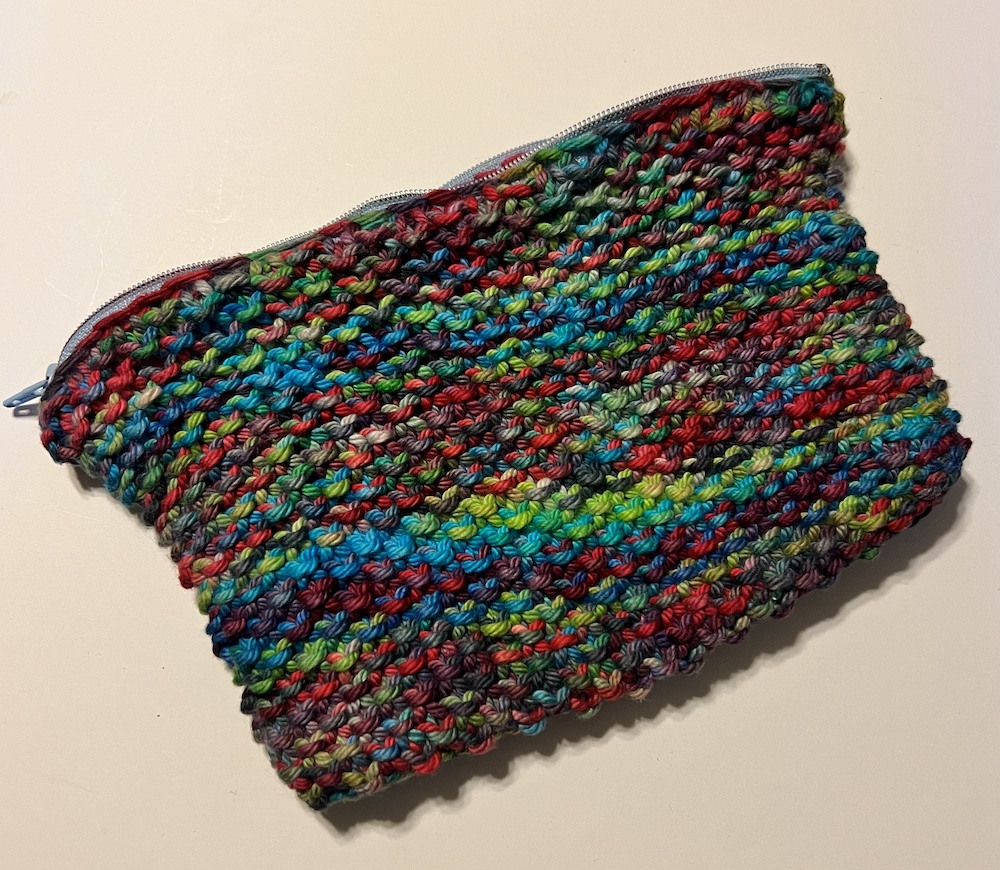Affiliate links may be included for your convenience. View our privacy and affiliates policy for details.
Learning a few knitting decrease methods is important for being able to shape your knitting when you want to, or for working lace knitting stitches. Decreases are used, to name a few examples, at the tops of hats and the toes of socks and in other ways to make garments fit the way we want them to.
Sometimes they are paired with knitting increases to make a decorative stitch pattern, or they can be used on their own for making a project smaller.
The Most Common Knitting Decrease: Knit 2 Together
I think most people learn to decrease in knitting by working the knit 2 together, also known in pattern speak as k2tog.
This decrease leans to the right and is super easy to do because it’s just what it sounds like.
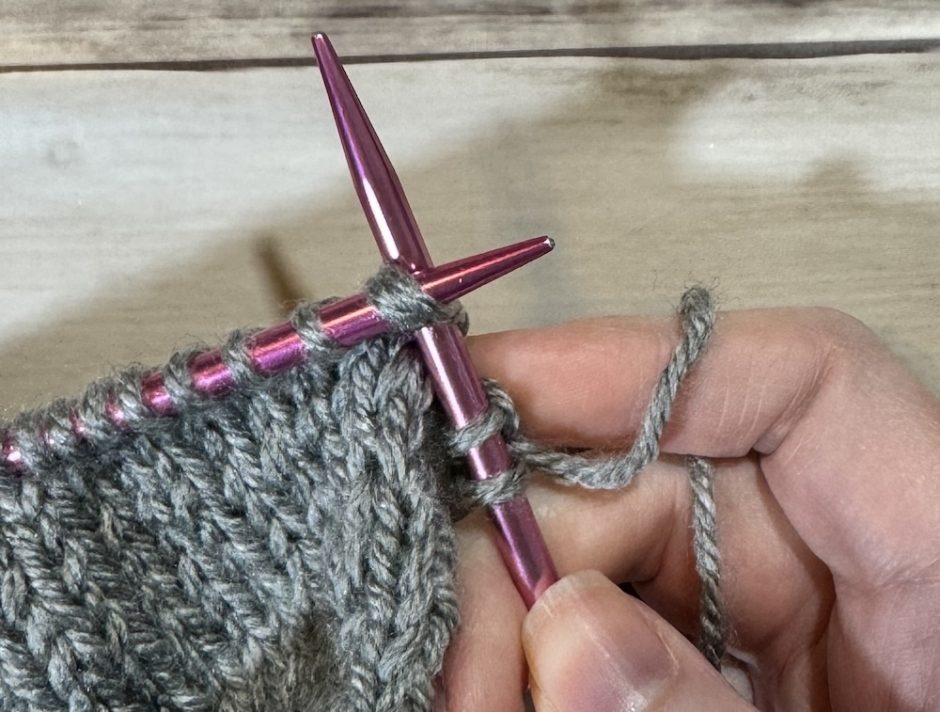
Put your needle into the second stitch on the left hand needle as if to knit, and through the first stitch on the left hand needle as if to knit.

Knit them as if they were one stitch.
To me, this knitting decrease is the most unobtrusive, and if the pattern doesn’t say how it wants you to decrease, I default to knit 2 together.
To Pair with K2tog: Slip Slip Knit
Some patterns will have you work knit 2 together on one side of the project and pair them with slip slip knit, or ssk, on the other side. That’s because the ssk is a left-leaning decrease, and while the two knitting decrease methods don’t look exactly the same, having your decreases lean to the inside (or outside, as the case may be) of the work is a nice touch.
There’s some disagreement in the knitting world as to the “right” way to slip the stitches. Some people will say slip them both as if to knit, some will slip one as if to knit and one as if to purl, and some slip both as if to purl. I generally slip them as if to purl, but the knit way is much more common and what I’m showing below.

To begin an ssk, slip the next stitch on the left hand needle onto the right hand needle as if to knit.

Slip the next stitch from the left hand needle onto the right hand needle as if to knit.

Take the left hand needle through the fronts of both of these stitches and knit them together.
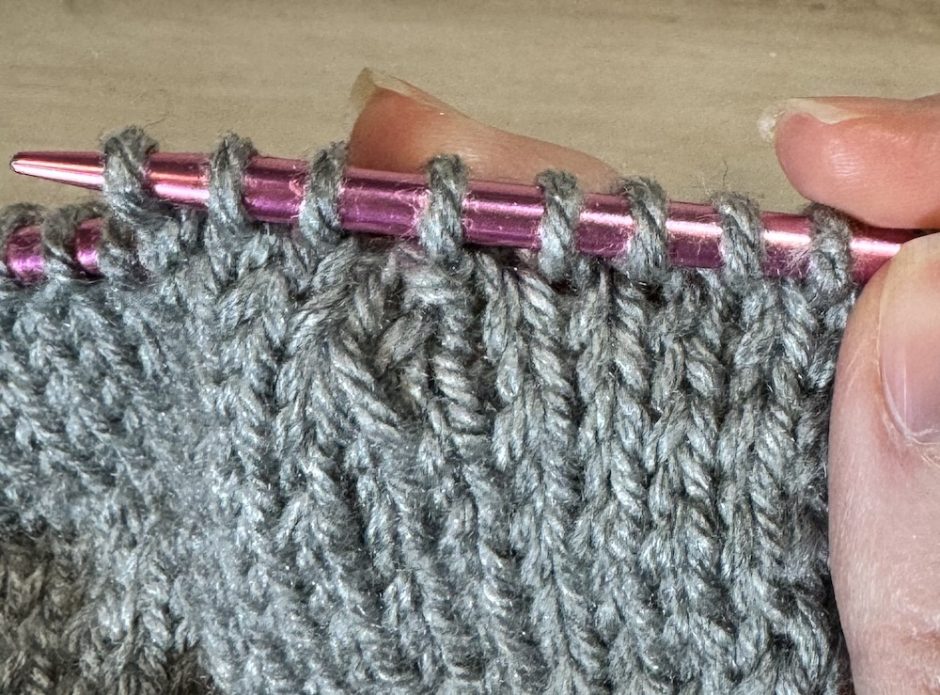
Here you can see the ssk slipping as if to knit at the top (fourth stitch from the left) and as if to purl below. The purl version might stand out a bit more but they look pretty much the same.
Another Left-Leaning Knitting Decrease: Skpsso
This is a knitting decrease I had kind of forgotten about, but I was working on a project recently that paired the k2tog with a different left-leaning decrease: the skpsso or slip 1, knit 1, pass slipped stitch over.

It too is worked just how it sounds. Slip the first stitch from the left hand needle to the right hand needle.
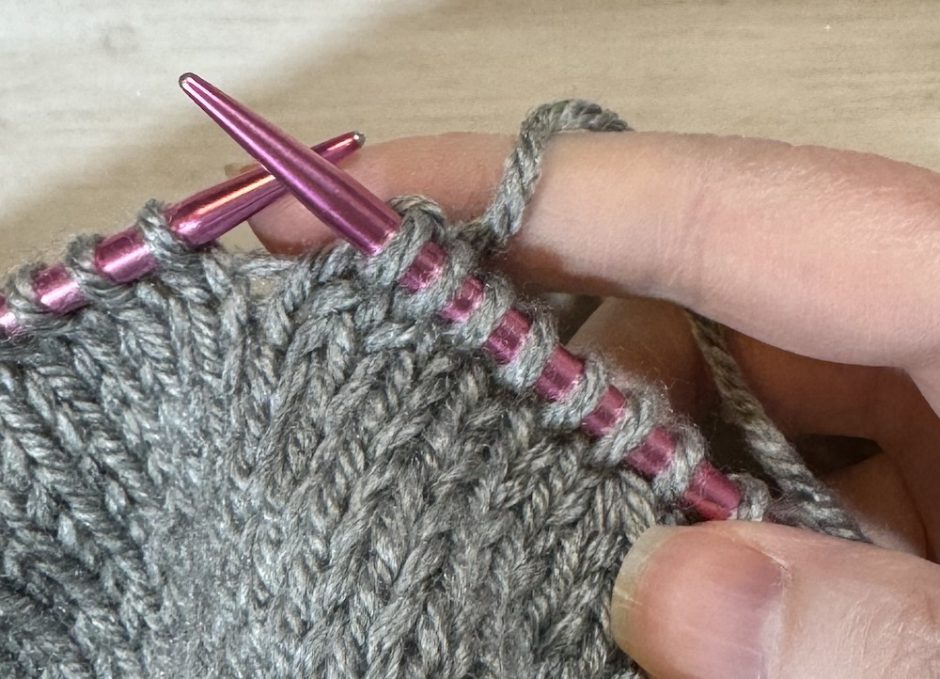
Knit the next stitch.

Pass the stitch you slipped up and over the end of the right hand needle, as if you were binding off.

Here you can see the ssk and the skpsso next to each other, with the ssk on the right and the skpsso on the left, and there’s not a huge difference, so if you prefer one to the other you can use them interchangeably.
Bonus Decrease: Centered Double Decrease
What if you don’t want your knitting decrease to lean in either direction? In that case you can decrease two stitches at once in a move that’s called a centered double decrease, or CDD.
In this case you’ll slip 2 stitches at once, as opposed to slipping them one at a time like we did for the ssk.

So to make this decrease start by slipping the next two stitches on the left hand needle to the right hand needle as if to knit. It’s the same move as a knit two together only you’re just slipping them instead of knitting them.

Knit the next stitch.

Grab those two slipped stitches again and pass them both over the stitch you just knit and off the needle, like you would for a bind off.
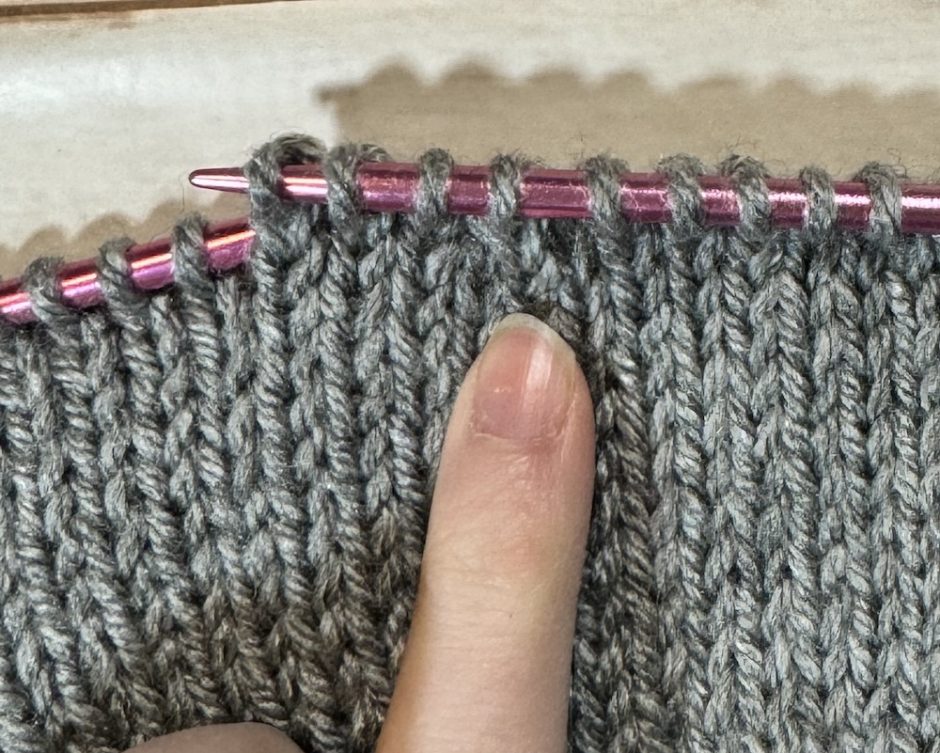
This is not a decrease you want to sub into a knitting pattern that doesn’t specifically call for it, but it’s handy to know in case you see it in a pattern.
What’s your favorite knitting decrease? Let me know if I covered it!

